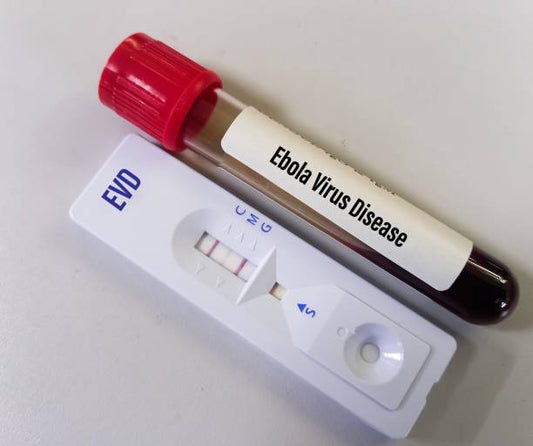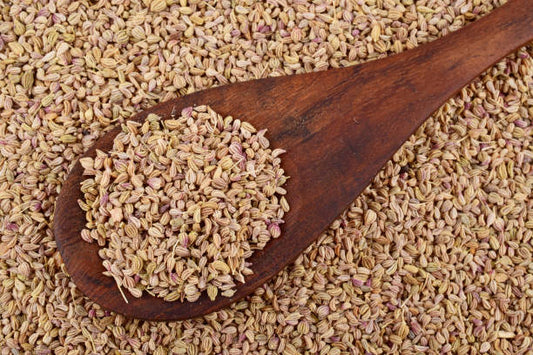The body burns energy to perform all of its functions, including maintaining body temperature, pumping blood, and digesting food. The energy comes from the food and drinks that we consume, which are broken down into their basic components: carbohydrates, proteins, and fats. These macronutrients provide the body with energy in the form of calories.
When the body needs energy, it first looks to the glucose (a type of sugar) that is circulating in the blood. Glucose is the primary energy source for the brain and the muscles during intense and short-term activities. If there is not enough glucose available, the body will turn to stored glycogen (a form of glucose that is stored in the liver and muscles) for energy.
When glycogen stores are depleted, the body will begin to break down fat stores for energy through a process called lipolysis. This process releases fatty acids into the bloodstream, which can then be used by the body's cells for energy. The body can also produce ketones, which are produced by the liver when fat is broken down. These ketones can be used as an energy source for the brain, particularly in the absence of glucose.
The body also uses protein as an energy source, but it's not the primary source of energy, instead it is used as a backup energy source when carbohydrates and fats are depleted. The process of breaking down proteins for energy is called gluconeogenesis, it's a metabolic pathway that produces glucose from non-carbohydrate sources, such as amino acids, lactate, and glycerol.
Ultimately, the body uses a combination of all three macronutrients, carbohydrates, proteins, and fats, for energy, depending on the specific needs of the body, the availability of these macronutrients, and the intensity of the activity. The body will burn a higher percentage of carbohydrates during intense and short-term activities, such as weightlifting or sprinting, while it will burn a higher percentage of fats during low-intensity and long-term activities such as jogging or cycling.
It's important to note that the body's energy needs and the source of energy it uses can change depending on various factors such as the individual's diet, exercise, and overall health status. Also, the body's energy needs are not constant and are influenced by factors such as age, sex, height, weight, and activity level. Consult with a registered dietitian or physician for personalized recommendations.













1 comment
Are you searching for a real spell caster ?
It is amazing how quickly Dr. Excellent brought my husband back to me.
My name is Heather Delaney. I married the love of my life Riley on 10/02/15 and we now have two beautiful girls Abby & Erin, who are conjoined twins, that were born 07/24/16. My husband left me and moved to be with another woman. I felt my life was over and my kids thought they would never see their father again. I tried to be strong just for the kids but I could not control the pains that tormented my heart, my heart was filled with sorrows and pains because I was really in love with my husband. I have tried many options but he did not come back, until i met a friend that directed me to Dr. Excellent a spell caster, who helped me to bring back my husband after 11hours. Me and my husband are living happily together again, This man is powerful, contact Dr. Excellent if you are passing through any difficulty in life or having troubles in your marriage or relationship, he is capable of making things right for you. Don’t miss out on the opportunity to work with the best spell caster.
Here his contact. Call/WhatsApp him at: +2348084273514 "
Or email him at: Excellentspellcaster@gmail.com ,
For more information visit his website:https://drexcellentspellcaster.godaddysites.com